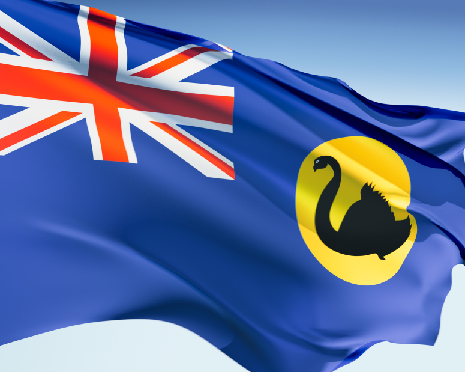Government funding for exploration drilling
(not verified)

Flagship co-funding program encourages exploration investment
The EIS was established in 2009
The Liberal National Government announced today the 42 successful projects which will share up to $4.75 million under Round 14 of the Exploration Incentive Scheme’s (EIS) Co-funded Drilling Program.
Mines and Petroleum Minister Sean L’Estrange said the highly competitive drilling program, heading into its ninth year, provided companies with added incentive to drill in underexplored regions.
“Encouraging exploration is the key to the continuity of Western Australia’s vital resources industry, which will underpin the State’s economy for decades to come,” Mr L’Estrange said.
“This very successful program has already resulted in a number of major discoveries. Among the success stories is the Nova discovery east of Northam, supported by EIS geophysics data and co-funding in 2011-12, with production having commenced in November this year.”
Other EIS successful discoveries include the Camelwood nickel deposit 500km north of Kalgoorlie, Yeneena copper deposit in the Paterson Province, Millenium zinc in the East Pilbara, and Dusk Til Dawn gold discoveries north-east of Wiluna, as well as deep gold at Gruyere east of Laverton and the nickel discovery at Emily Ann near Lake Johnson.
The Co-funded Drilling Program refunds up to 50 per cent of direct drilling costs with caps of $150,000 for a multi-hole project, $200,000 for a single deep hole and $30,000 for a prospector’s project.
Refunds are made after completion of drilling and the submission of reports which are released publically on the Department of Mines and Petroleum’s WAMEX and WAPIMS databases, after a six-month confidentiality period.
The Minister said the information submitted added to the geological knowledge of the State, and helped reduce risks for subsequent explorers. An economic impact study released early in 2015 showed that every $1 million spent by the EIS generates $10.3 million of exploration activity and a longer term benefit to the State, in terms of higher Gross State Product, of $23.7 million
